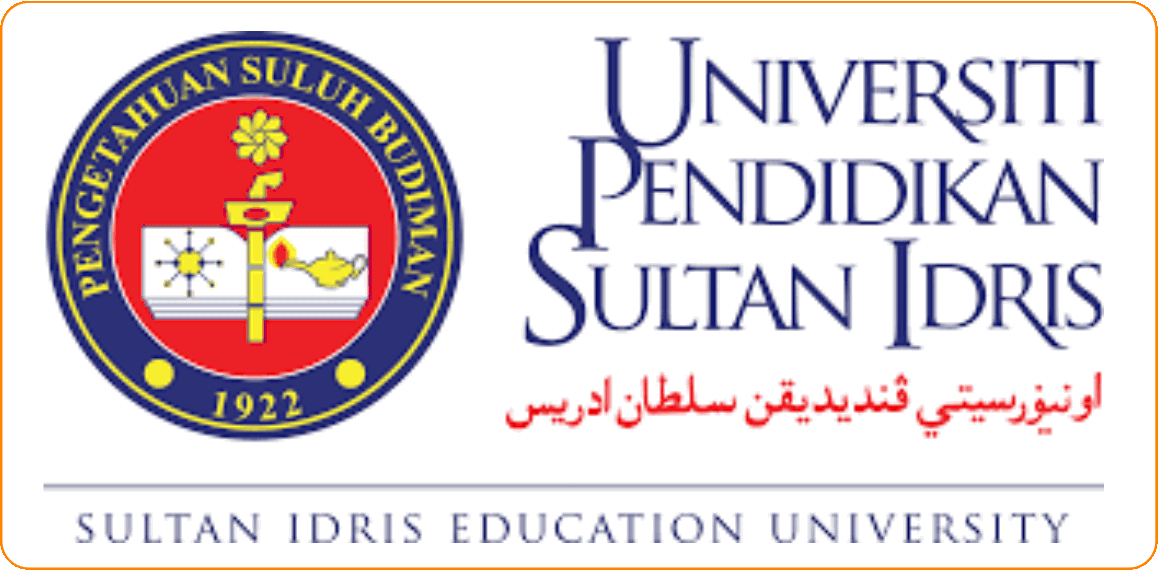Safe House App: Development of Mobile Application for Handling Household Emergency
Abstract
Many people have a poor level of emergency preparedness, especially in their home environment. A previous study has stated that only a small percentage of people were well prepared in case of an emergency happening in their home while others are either do not know what to do or do not even think about it. This ignorance can lead to a harmful accident. For example, if an emergency such as a kitchen fire happens and is poorly handled by the people in the house it can lead to bigger accidents such as fire outbreaks. Thus, this study aims to identify the requirement, design, and develop a mobile application that can help users learn about household emergencies and increase their preparedness level for emergencies. Compared to other mobile applications for an emergency, Safe House App provides multimedia elements such as videos, and quiz activity which can attract users to use the application more to learn about the household emergency. The methodology implemented for this study is the Agile Model. Functionality Evaluation is conducted on 10 respondents aged 18 and above and most of the respondents are satisfied with the overall performance of Safe House App and agree that Safe House App can help the user increase their emergency preparedness level and attract them to learn about the household emergency.
Downloads
References
Y. Sharma, B. Kumar Dak and N. Acharya. “Emerging trends in mobile apps market and their potential impact on mobile user engagement in the global economy,” Annual Research Journal of Symbiosis Centre for Management Studies, vol. 5, pp. 61–81. 2017.
M. R. Samsudin, Keberkesanan Model Pengajaran dan Pembelajaran Menggunakan Aplikasi Mudah Alih Terhadap Pelajar Pekak Bisu, Kelantan: Universiti Malaysia Kelantan, 2019.
C. Y. Chen, W. Xu, Y. Dai, W. Xu, C. Liu, Q. Wu, L. Gao, Z. Kang, Y. Hao and N. Ning, “Household preparedness for emergency events: a cross- sectional survey on residents in four regions of China,” BMJ Open, vol. 9, no. 11, 2019.
R. A. Shawon, J. Ferdoush, A. H. Ali, A. Biswas, A. F. Rahman and S. R. Mashreky, “Alarming rise in fatal electrocutions in Bangladesh: Comparison of two national surveys,” Burns, vol. 45, no. 6, pp. 1471–1476, 2019.
A. Phongtraychack and D. Dolgaya, “Evolution of Mobile Applications,” MATEC Web of Conferences, pp. 1027, 2018.
Y. Hao, K. S. Lee, S. T. Chen and S. C. Sim, “An evaluative study of a mobile application for middle school students struggling with English vocabulary learning,” Computers in Human Behavior, vol. 95, pp. 208–216, 2019.
M. H. Cho and D. A. Castañeda, “Motivational and affective engagement in learning Spanish with a mobile application,” System, vol. 81, pp. 90–99. 2019.
H. Scheper, R. Derogee, R. Mahdad, R. Wal, R. Nelissen, L. Visser and M. Boer, “A mobile app for postoperative wound care after arthroplasty: Ease of use and perceived usefulness,” International Journal of Medical Informatics, vol. 129, pp. 75–80. 2019.
J. Han, W. O. Oh, I. T. Park and A. Lee, “Development and Effects of a Mobile Application for Safety Incident Prevention among Hospitalized Korean Children: A pilot Study of Feasibility and Acceptability,” Journal of Pediatric Nursing, vol. 51, 2020.
Anonymous, Merriam-Webster Collegiate, Dictionary. (n.d.). 2020. [Online] Available: https: //www.merriam-webster.com/dictionary/citation. [Accessed: Dec. 18, 2022].
B. Klimova, “Evaluating Impact of Mobile Applications on EFL University Learners’ Vocabulary Learning – A Review Study,” Procedia Computer Science, pp. 859–864, 2021.
A. Cruz and C. Lam, “Risk analysis for consumer-level utility gas and liquefied petroleum gas incidents using probabilistic network modeling: A case study of gas incidents in Japan,” Reliability Engineering & System Safety, vol. 185, pp. 198–212. 2019.
M. Ralevski and B. R. Stojkoska, “IoT based system for detection of gas leakage and house fire in smart kitchen environments,” Telecommunications Forum (TELFOR), 2019.
M. Parihar and M. K. Bhaskar, “Review of Power System Blackout,” International Journal of Research and Innovation in Applied Science (IJRIAS), vol. 3, no. 5, pp. 8–13, 2018.
Portal Data Terbuka Malaysia. Statistik Kebakaran Mengikut Jenis Bagunan, 2019. [Online] Available: https: //www.data.gov.my/data/ms_MY/dataset/statistik-kebakaran-mengikut-jenis-bangunan-di-malaysia.



















